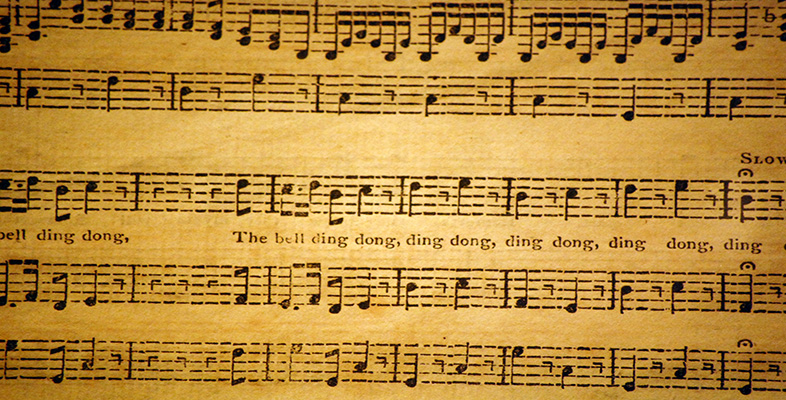3.3.2 Neighbour notes
Here a consonant note is elaborated by a dissonant pitch lying immediately next to the main note. Usually, the neighbour note is placed above the main note, and returns to it (an ‘upper neighbour note’). Occasionally, however, the neighbour note may lie below the main note (a ‘lower neighbour note’). Sometimes, too, the main note may come only after the neighbour note, and not before it as well (an ‘incomplete neighbour note’).
You may be used to the terms ‘auxiliary note’ to describe upper and lower neighbour notes, and the term ‘appoggiatura’ to describe an incomplete neighbour note. Indeed, these are standard terms used particularly in British music scholarship.. However, the single term ‘neighbour note’ covers all these cases, and this is the standard term used in voice-leading analysis. As you will see later, it also has wider applicability at deeper structural levels. It is a translation of the German technical term ‘Nebennote’ or ‘Nebenton’.
As an example of the dramatic use Mozart can make of neighbour-note features, look at Example 9. This is from later in the Piano Sonata K333. Here, a chain of upper neighbour notes (appoggiaturas) embellishes a huge upward line leading to a top A♭ (the music has modulated to the subdominant, E flat major, at this point). The neighbour notes are shown by the symbol ‘N’, their standard analytical notation.

Activity 8
Listen to this recording of Example 9.
Click to listen to recording
Because all the notes marked ‘N’ are dissonant, it would be theoretically possible (as with passing notes) to remove each of them, and be left with a simpler form of the music which would still make sense as a piece of counterpoint between upper and lower parts.
